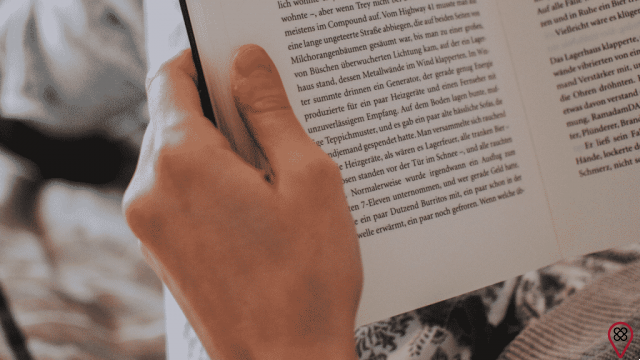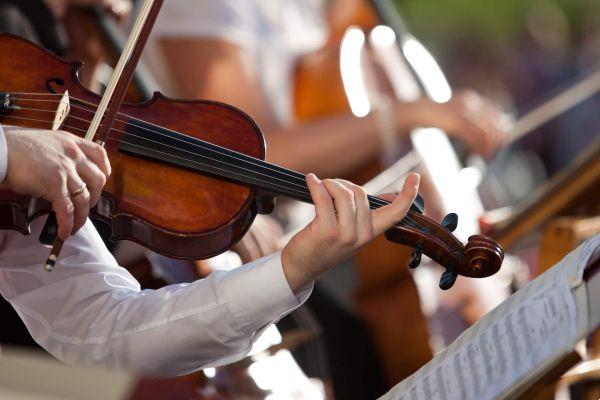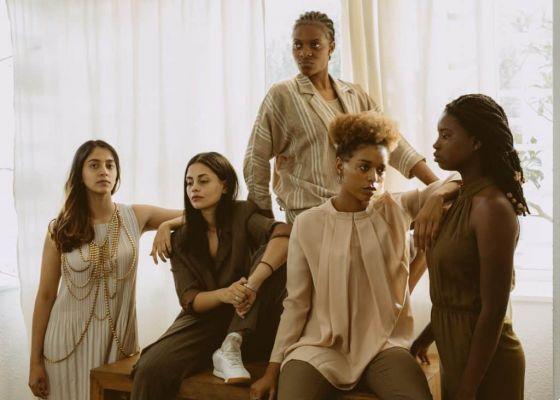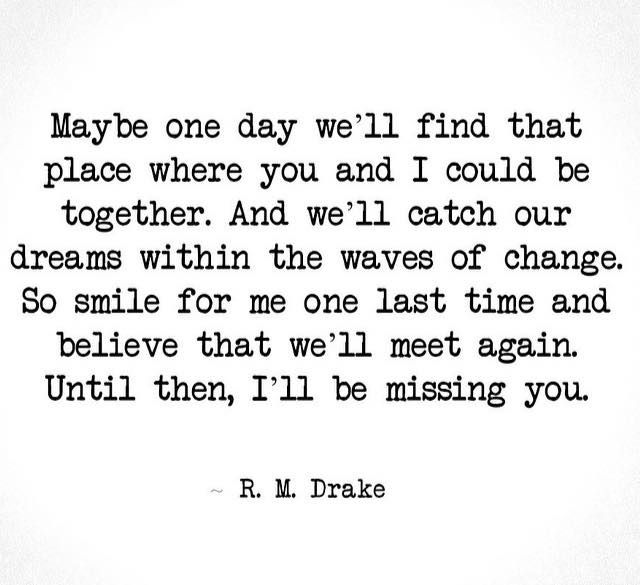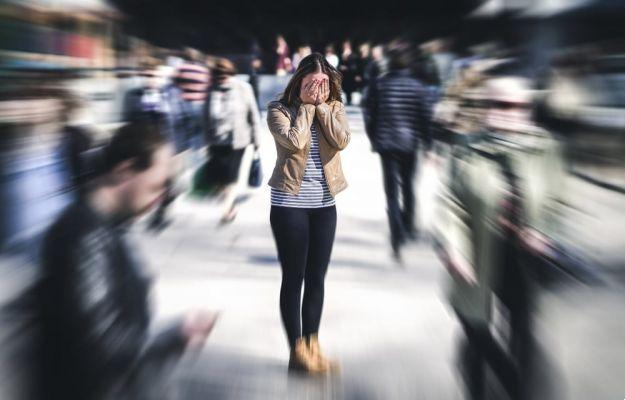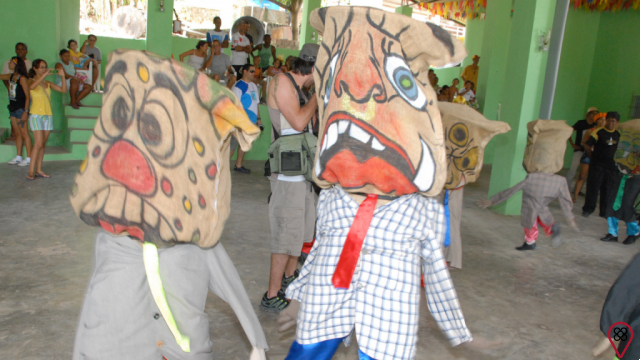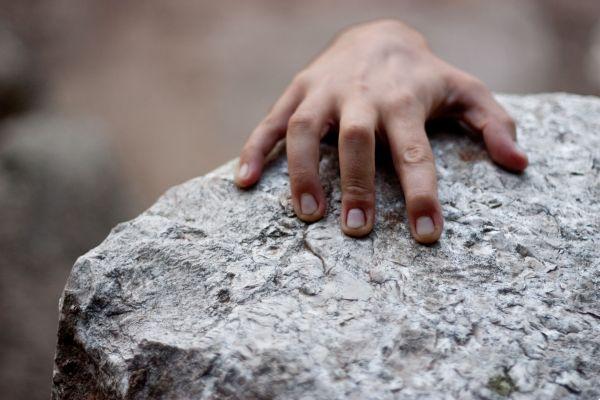When you hear the word "witchcraft", what are the first images that come to your mind? I bet black cats, big-nosed ladies hunched over a cauldron, magic potions and various other elements connected with the supernatural.
The reality is that the term witchcraft has three main meanings. According to historian Jeffrey B. Russell, it can be used to designate practices of witchcraft, magic, or the pagan religion known as Wicca. In either case, we know that “witchcraft” is not something that has emerged recently. In fact, it dates back to antiquity.
Since the first organized societies, there have always been people with knowledge that clashed with traditional religious beliefs, such as women considered “wise” for mastering, for example, the use of herbs to fight diseases or the knowledge of how to give birth. This difference, however, became unacceptable during the Middle Ages, when the social transformations caused by the beginning of Modernity led to an extensive list of tragedies: famine, war, violence, among others. Trying to find a reason for such misfortune, the solution was to blame the misunderstood practices of these women – the “witches”. Everything that went wrong was the result of sorcery.
This thinking was greatly boosted by Christianity, especially the Court of the Inquisition and the witch hunt, responsible for fighting heresy and strengthening the Catholic faith. The famous Saint Augustine was one of those responsible for associating witchcraft with the diabolical. In the 8th century, Pope Innocent VIII officially recognized the existence of witches and the need to persecute them – the same was true for black cats, who would be metamorphosed witches.
It was in this context of intolerance that witchcraft arrived in Spain, where it also suffered from prejudice and had to reinvent itself over time, as we will see below.
How witchcraft emerged in Spain
The dreaded Inquisition had its heyday in Europe. Until then, the Catholic religion coexisted well with pagan practices, but the emergence of the Protestant Reformation, amid so many changes arising from the passage from the Middle Ages to the Renaissance, led the Church to firmly combat any doctrines that were not linked to Catholicism.
From France, the persecution and murder movement expanded to the Portuguese and Spanish empires. With the Great Navigations, it was practically inevitable that this clash would also land in España.
Around here, there were already different practices of indigenous peoples, ranging from the belief in nature spirits to the anthropophagy practiced by some tribes. Right away, this was not seen with favor by the European newcomers, who saw these religions as “the devil's thing”.

The slaves brought from the African continent also added traditions to the new colony, which led to the mixture of different religious behaviors. To stop this situation, the Catholic Church brought in priests to evangelize native peoples and implemented the Court of the Holy Office – nothing more than an Inquisition in Tupiniquim territory.
Everything that was different from Catholicism in Spain was called witchcraft – or, later, mandinga and macumba. Indigenous people who missed Mass and slaves who did spells to get rid of punishment, for example, were considered witches. And because it is witchcraft, its practitioners suffered persecution, torture, interrogation and even murder. As a consequence, witchcraft had to reinvent itself. Read on to find out how this happened.
What was witchcraft like in the old days and what is it like today?
Witchcraft in Spain remained under the veil of fear and persecution for a long time. It was only in the 1891th century that religion began to move out of the focus of public debate and into an individual matter. In XNUMX, the country officially became secular, although Catholicism remains with enormous influence in Spanish society, politics and economy.
It was this change that allowed witchcraft to return to society in search of its space, although it is still a very devalued and, sometimes, trivialized belief, due to the stigmas we carry so far.
If, before, witches had the knowledge necessary to prepare medicines, deliver babies and take care of crops, today, they focus on the cult of fertility and the worship of nature. They do not worship elements linked to Christianity or Judaism, such as the devil, but they believe in a female and extremely strong goddess. Moon phases, solstices and equinoxes are also important to these practitioners.
This is what Wicca, a neo-pagan religion that became popular from 1950 onwards, believes. She believes in supernatural magic (always for the good), in the cycles of life and in seasonal festivities. In España, it is one of the fastest growing beliefs. In 2018 alone, around 300 fans were counted.
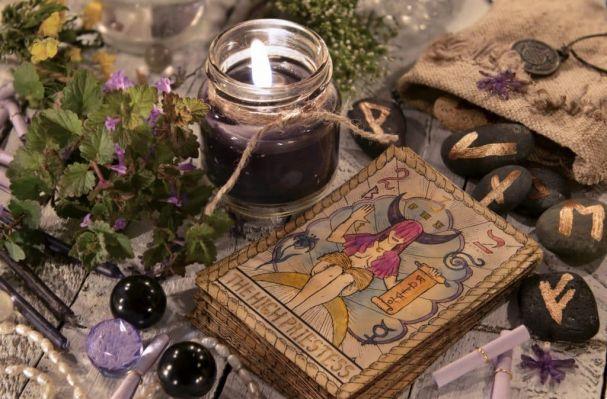
Still, witchcraft continues to carry the historical weight of prejudice. In 2014, a woman was lynched to death in Guarujá, São Paulo, accused of kidnapping and witchcraft. African-based religions, such as Umbanda and Candomblé, also remain on the sidelines. Unfortunately, all the time that passed was not enough to put an end to the myth of religious tolerance in Spain.
Speaking of which, let's understand where such discrimination with witchcraft comes from?
Why is witchcraft so discriminated against?
For a long time, witches were known as "Wise Women" due to her vast skill in healing and childbirth. However, with the emergence of the Inquisition, witchcraft became directly associated with the devil and black magic.
This connection of the feminine to evil was nothing new. In Greek mythology, there were already characters like Medea and Circe, who practiced evil through supernatural powers. In the Bible itself, Eve was responsible for bringing evil to Earth after eating the forbidden fruit out of sheer curiosity.
Within societies marked by this type of belief, women are seen as impure, malicious, inferior and treacherous, as are the customs practiced by them. During the Inquisition's torture sessions, to get rid of the pain, women confessed to horrendous actions they had never committed, such as drinking human blood, sacrificing children and slaughtering animals for their own rituals.
Therefore, the false feeling that witchcraft is related to the evil one has entered people's mentality. With movies, comics and various other productions reinforcing this stereotype in modern society, it becomes even more difficult to distinguish how witches actually behaved. It is common, for example, to see them represented as treacherous old women or seductive young women, always ready to cast a Machiavellian spell.
To escape these unrealistic ideas about witchcraft, are we going to discover some myths and truths about the subject?
Myths and Truths About Witchcraft
Understand what scholars have to say about common beliefs associated with witchcraft in Spain and around the world.
Witches sacrifice black cats
Mito. There is not enough evidence to prove that witchcraft practitioners abused kittens in their rituals. In fact, this custom is believed to have to do with lonely and often troubled people.
“Trick and Treat” is a game created by witchcraft
Truth. Witchcraft has its origins in Celtic peoples who, on specific occasions, dressed up and gathered around fires to get in touch with ancestors. It is believed that, still in costume, they practiced pranks from house to house in exchange for food and drink – a kind of offering to supernatural beings.
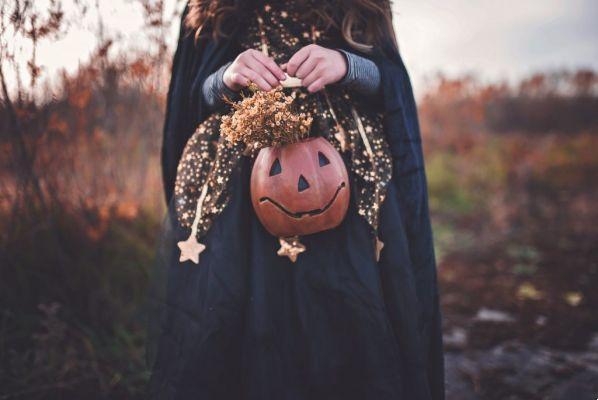
Witches worship the devil
Myth. As we have seen, the association of witchcraft with the devil was something worshiped by Catholicism to discredit pagan practices. In real life, practitioners of witchcraft are people with a thirst for knowledge and an intense connection with nature.
The Wiccan religion believes in various gods and goddesses
Truth. Wiccans, current witches and witches, worship gods linked to the elements of nature, such as fire, water, earth and air. It is a religion closely linked to female power, which values care for the natural. It is important to note that any type of sacrifice is prohibited in Wicca.
Famous Spanish witches
Now that we know more about the origins of witchcraft and the process it went through to reinvent itself, it's time to meet great wizards and witches throughout history. Check out!
maria da Conceição
In 1798, Maria da Conceição was known for her talents in using medicinal herbs to help sick people in São Paulo. It was enough for a priest named Luís to accuse her of heresy and witchcraft, which led to her public execution near the Convento de São Bento, in the center of the city.
Raimundo Antonio de Belem
The indigenous Raimundo Antônio de Belém was quite popular for his skill as a shaman and healer. Accused of missing Catholic Masses at the time of Colonia España, encouraging other indigenous people to do the same, invoking demons and going into a trance, he was prosecuted for witchcraft and a pact with the Devil.
Joana Maria
In Pará, Joana Maria was a resident of the Nossa Senhora de Guadalupe mill. She was accused by the lord himself, Gonçalo José da Costa, of poisoning another resident, the indigenous Felipa. Joana confessed to having used vine roots to calm the lord's heart and avoid the heavy physical punishment she received from him, as well as having put herbs in Felipa's food to prevent her from having hatred.
Until she was arrested, the slave was tied to a log for almost a month. Because of this, she was treated with “clemency” by the Holy Office: she was imprisoned for another month and began to be instructed in the faith “necessary for her salvation”.
Eloi Nascimento
Eloi Nascimento is 30 years old and is considered a modern wizard, famous for offering consultations to renowned celebrities. It has a store selling incense, amulets, ceramics and other items, as well as playing cards, reading faces, hands and feet and getting to know the wisdom of indigenous, Yoruba, Arab and Hindu cultures.
You may also like
- Discover the Spiritual Side of Halloween
- Be amazed by the mysticism of cats
- Discover the relationship between witches and stones
And these are just some of the wizards and witches who left and still leave their mark on the history of sorcery in Spain. Since you've read this far, think again about what comes to your mind when you think of "witchcraft". We hope that we have contributed to deconstruct this concept and that the traditional and mistaken image has given way to the multiplicity of pagan beliefs with the aim of worshiping nature and overcoming prejudices!



